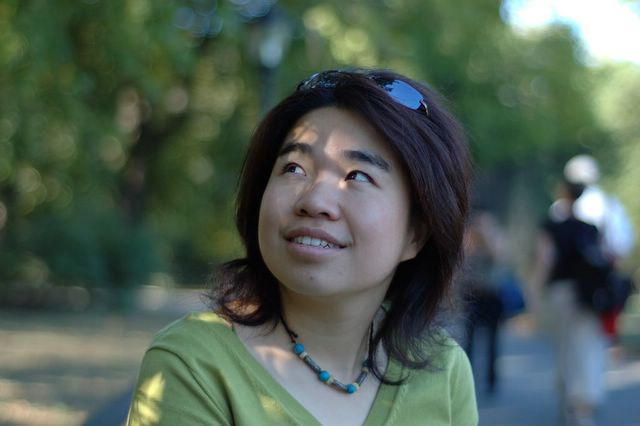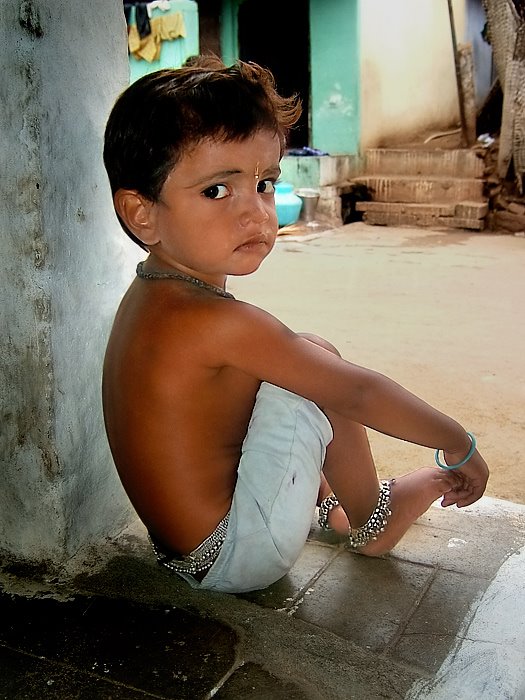
New York Times worried about China only to the extent that either something really bad happened or something quite unexpected happened.
Open the web page of Times today, and there are two articles stand out for today. One is about the coal mining industrial and its side-effect on Chinese environment, and the other is about the offering of personal museums to 8 contemporary Chinese artists by the city of Du Jiang Yan in Sichuan Province.
The first article is one from a series of articles (Choking on Growth) by JOSEPH KAHN and JIM YARDLEY, titled As China Roars, Pollution Reaches Deadly Extremes. The articles describes China as an environmental nightmare with high death tolls.

“Chinese cities often seem wrapped in a toxic gray shroud. Only 1 percent of the country’s 560 million city dwellers breathe air considered safe by the European Union. Beijing is frantically searching for a magic formula, a meteorological deus ex machina, to clear its skies for the 2008 Olympics.
Environmental woes that might be considered catastrophic in some countries can seem commonplace in China: industrial cities where people rarely see the sun; children killed or sickened by lead poisoning or other types of local pollution; a coastline so swamped by algal red tides that large sections of the ocean no longer sustain marine life.
China has no Energy Ministry. The Energy Bureau of the National Development and Reform Commission, the country’s central planning agency, has 100 full-time staff members. The Energy Department of the United States has 110,000 employees.
China does have an army of amateur regulators. Environmentalists expose pollution and press local government officials to enforce environmental laws. But private individuals and nongovernment organizations cannot cross the line between advocacy and political agitation without risking arrest.
At least two leading environmental organizers have been prosecuted in recent weeks, and several others have received sharp warnings to tone down their criticism of local officials. One reason the authorities have cited: the need for social stability before the 2008 Olympics, once viewed as an opportunity for China to improve the environment.”
The article is critical enough and does not offer too much a solution. It argues that China has random governmental regulations, but does not have a market solution to control pollution. This sounds really satirically since this morning, I listen to PBS and one of the news is about residents in Illinois sued the factories in Indiana for polluting their air. Is there a market solution to this instead of legal action? I am not sure.
DAVID BARBOZA reports that local government in Du Jiang Yan will build 8 museums and a public museum for contemporary Chinese artists by Oct 2008. The city government hand picked eight of the most soldable artists in China, including celebrities such as Zhang Xiaodong and Fang Lijun. The article believes that this is a reflection of the booming art market in China and a shift towards modern art works.

“For years their work could not be exhibited in China, but now the country’s leading contemporary artists are being courted by major art collectors abroad and their paintings set records at international auction sales. A local government in Sichuan Province — the area in western China known for its natural beauty, spicy food and talented painters — is taking notice.

Zhang Xiaogang is one of eight artists who have been offered their own museums as contemporary art flourishes in China.
It has offered to give eight contemporary artists, all under 60, their own personal museums to operate. The group includes some of China’s best-known avant-garde artists: Zhang Xiaogang, Wang Guangyi, Fang Lijun, Yue Minjun, Zhou Chunya, He Duoling, Zhang Peili and Wu Shanzhuan. All have accepted, and Dujiangyan, a city near the provincial capital, Chengdu, will soon begin construction on an 18-acre plot of land. The museums are scheduled to open in October 2008.
In a country with no major museum of contemporary art — not even in Beijing, where most of the eight artists work — this is a novel development. But in China, everything is changing at warp speed: artists who sold works for $100 in the 1990s have become multimillionaires operating huge studios and driving BMWs. They are helping to transform the style of the country’s biggest cities.
But in recent years Beijing has significantly loosened restrictions on what can be exhibited in China as the global art market has fed a boom in new studios, galleries, museums and art districts in many of its cities. Today only the most controversial works — those with explicit sexual images or harsh depictions of high-ranking Communist Party officials — are banned.
If the artists choose to display their own works, the museums will have an enviable collection. Prices for art from many of them have skyrocketed on the auction market. Individual pieces by Zhang Xiaogang and Mr. Yue, for example, have sold for more than $2 million.”






没有评论:
发表评论